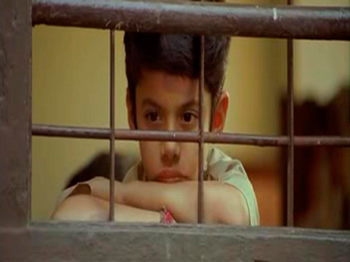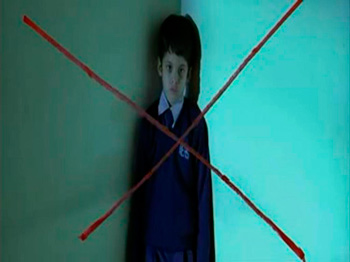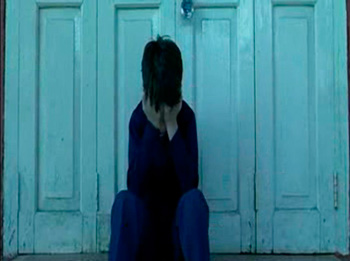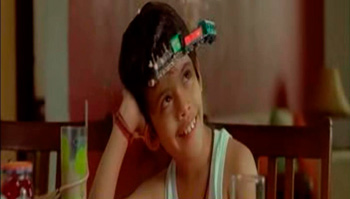Like Stars on Earth
Veronica Vega

HAVANA TIMES – Although I don’t watch a lot of television, I think that the most familiar aspect of Indian culture promoted here are the products of Bollywood. These Indian films repeat the same formula over and over again: sentimental songs, an ultra-standardized type of beauty and every kind of figurative cliché in a dazzling visual vertigo.
It would be wonderful if the films offered from India were more like one that has left me thoughtful for days: “Taare Zaamen Par” under the title “Estrellas que apagamos,” in Spanish and “Like Stars on Earth” in English.
The movie tells the story of a boy who is repeating third grade and still has serious learning problems. Raised in the center of a harmonious household, youngest son of a middle class family, coddled by his mother, his lack of adaptation to the outside world seems to be the only conflict.
The well-chosen songs, without sensual dancing or exotic beauties, express the protagonist’s thoughts, or bring in profound and caustic reflections. It’s a film to think about and share; it should be shown in the schools, and it has a lot to teach families.
The story of Ishaan, which isn’t completely based on real events, show us a child so believable that any of us who have ever been accused of being “oddballs” can see our own selves reflected in him.
 It brought back to me the agony of my first days of elementary school; how I peed in my pants at my seat only because a bigger girl wouldn’t let me go by her to the bathroom. The things that they stole from me: toys, pencils, little accessories…Those that I gave away myself, (not out of generosity, but in exchange for acceptance) bringing on angry reprimands at home. Coercion, humiliation…
It brought back to me the agony of my first days of elementary school; how I peed in my pants at my seat only because a bigger girl wouldn’t let me go by her to the bathroom. The things that they stole from me: toys, pencils, little accessories…Those that I gave away myself, (not out of generosity, but in exchange for acceptance) bringing on angry reprimands at home. Coercion, humiliation…
One of the loveliest tracks of the back-up band, (“Maaa” which won a prize for the lyrics and arrangement) gave rise to an instinctive, very remote thought: that wish to have one’s mother as a tacit, omnipresent ally; able to perceive not so much what we show as what we are working hardest to hide.
 The abysses that open before the eyes of a child whose sensitivity isn’t detected in time or is ignored – Who can estimate what is shredded and how much is sacrificed in the course of “adapting” to a rigid educational canon, or the brutal laws of survival and competition? Those drastic cattle remedies can take with them the best parts of a human being.
The abysses that open before the eyes of a child whose sensitivity isn’t detected in time or is ignored – Who can estimate what is shredded and how much is sacrificed in the course of “adapting” to a rigid educational canon, or the brutal laws of survival and competition? Those drastic cattle remedies can take with them the best parts of a human being.
I believe there are countries where the pedagogical methods are taken very seriously and where they encourage and support experimental educational projects that respect the individual while trying to foster authentic, non-docile, questioning beings. But I fear that even in those attempts, part of that delicate and complex network made up of our interior perception and sentiments is lost.
 More than just a system, we need something living that is capable of mutating not only with changing circumstances but with that unique, matchless microcosm that is an individual.
More than just a system, we need something living that is capable of mutating not only with changing circumstances but with that unique, matchless microcosm that is an individual.
Using the same metaphor that the movie title suggests, I can’t help but ask myself how many child-stars are being snuffed out right this moment (and in Cuba!??) in the struggle to adapt oneself to this crazed world.
Films like “Taare Zaamen Par” demonstrate that art, as Schopenhauer predicted “is a disinterested state of contemplation where things are revealed in their deepest purity. They speak to us in the language of intuition, not of reflection…It’s a road to escape the state of unhappiness that is the province of human kind.”






